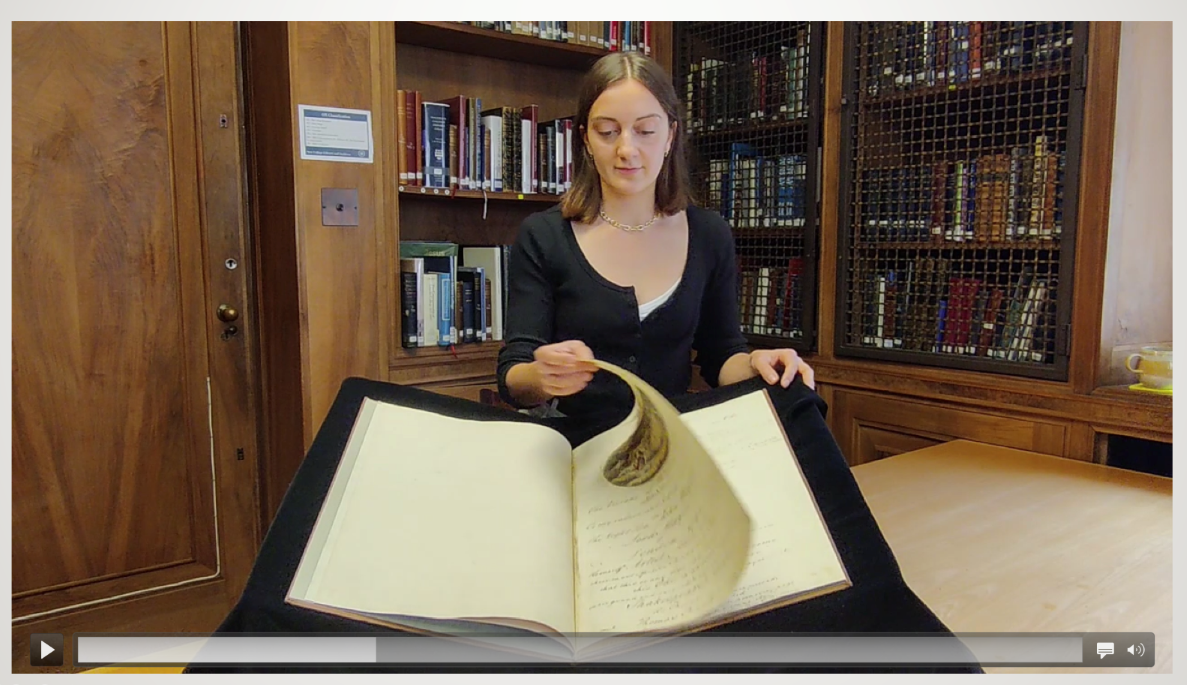
Anna-Nadine Pike
About
Anna-Nadine is an interdisciplinary student of late-medieval and early-modern literature, art, and material culture. Anna’s interdisciplinary studies began with a one-year Foundation degree at the University of Creative Arts, before beginning a BA (Hons) in English Language and Literature at Worcester College, University of Oxford. Anna graduated from Oxford with a first-class degree in 2018, specialising in the writings of Virginia Woolf. In 2019, Anna was awarded a departmental studentship to begin a funded MA in Medieval and Early Modern Studies at the University of Kent (Distinction). Anna received the Dr Jayne Wackett Award for her MA dissertation, which explored the significance of textile imagery and metaphor in the Middle English texts read by the Order of St. Bridget at Syon Abbey.
Anna went on to complete a traineeship with the Library of New College, Oxford, before returning to Kent to begin her doctoral study in 2021 while continuing in a Curatorial role at New College Library.
Anna was part of the founding team for MEMSLib during the 2020 Covid-19 lockdown, and has re-joined the team since beginning her doctorate.
Anna currently works as the curator of “Esther Inglis 2024”, a project run by the University of Edinburgh. In the quatercentenary of her death, “Esther Inglis 2024” will see the development of an online exhibition and resource dedicated to Esther Inglis’ life, manuscripts, and legacy. It will bring together digital manifests of Inglis’ manuscripts held in libraries globally, allowing for their side-by-side comparison, and telling a story of Inglis’ work in Edinburgh and beyond.
Research interests
Anna’s research uses the manuscript corpus of the Franco-Scottish Jacobean scribe, Esther Inglis (c.1570-1624), to understand how late-medieval textual practices evolve or endure into late-sixteenth and early-seventeenth England and Scotland. It considers the self-consciousness with which early-modern scribes look upon their own past, the purposes to which old or new scribal practices are turned, and to what ends. It focuses particularly on the appearance of the text within post-reformation devotional practice, considering the role of calligraphy in early-modern religious manuscripts, and the enduring importance of the material book within Protestant devotion. It does this by working outwards from the 65 surviving manuscripts produced by Esther Inglis, a Huguenot woman associated with the Jacobean court. These manuscripts range from the miniature, to the illuminated, to the polygraphic, and offer a valuable lens through which to ask what becomes of ‘medieval’ scribal practices, within early-modern, Protestant textual cultures.